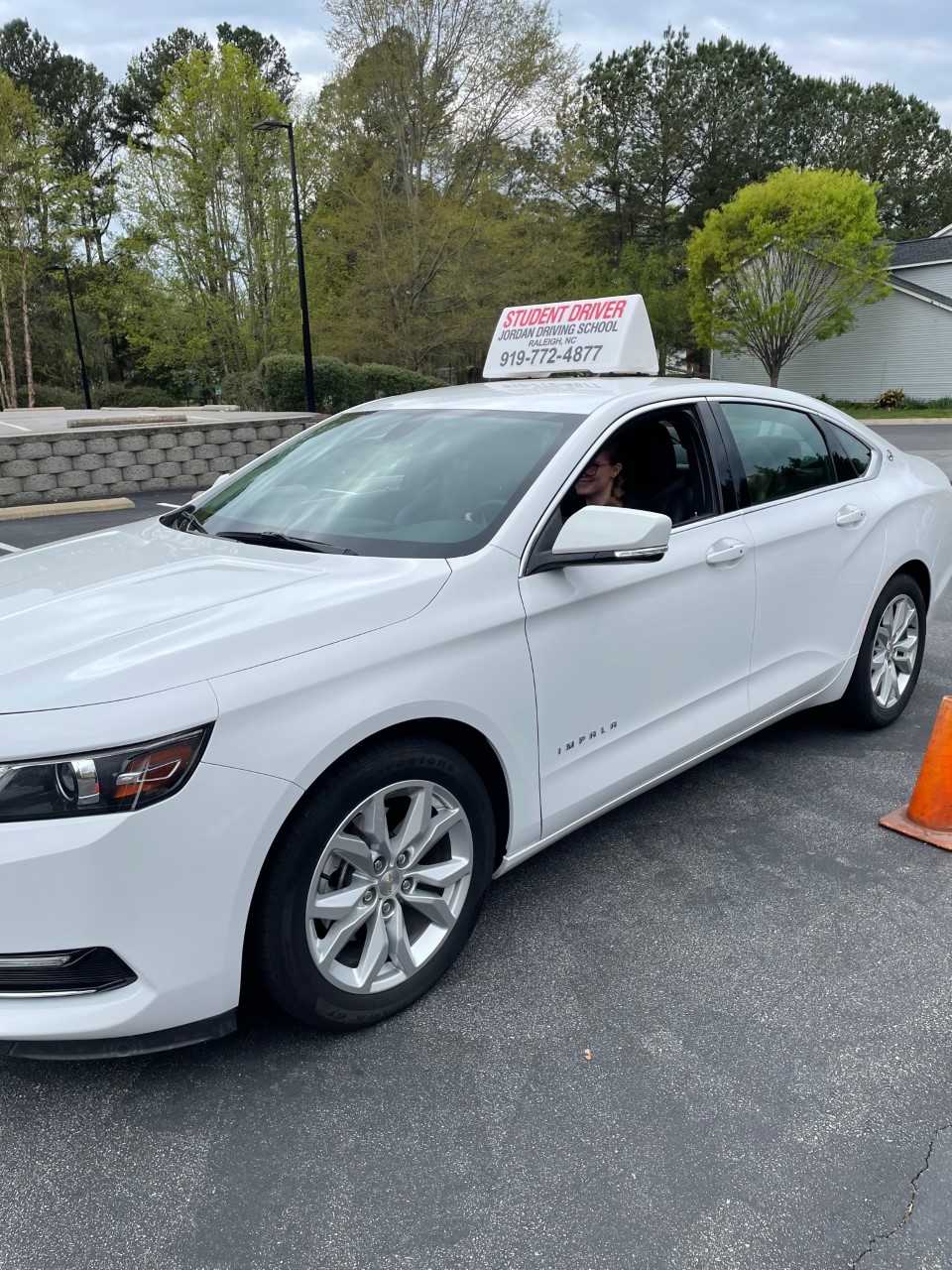Teens Behind the Wheel: NC Lawmakers Propose Stricter Driving Apprenticeship Rules

In a concerning trend, teen driving safety has taken a step backward. During the pandemic, lawmakers modified driving restrictions for young drivers, and the consequences have been stark. Recent data reveals a troubling 13 percent spike in crash rates among 16-year-old motorists since those legislative changes were implemented. This increase highlights the critical importance of carefully crafted driving regulations designed to protect inexperienced young drivers on the road.
